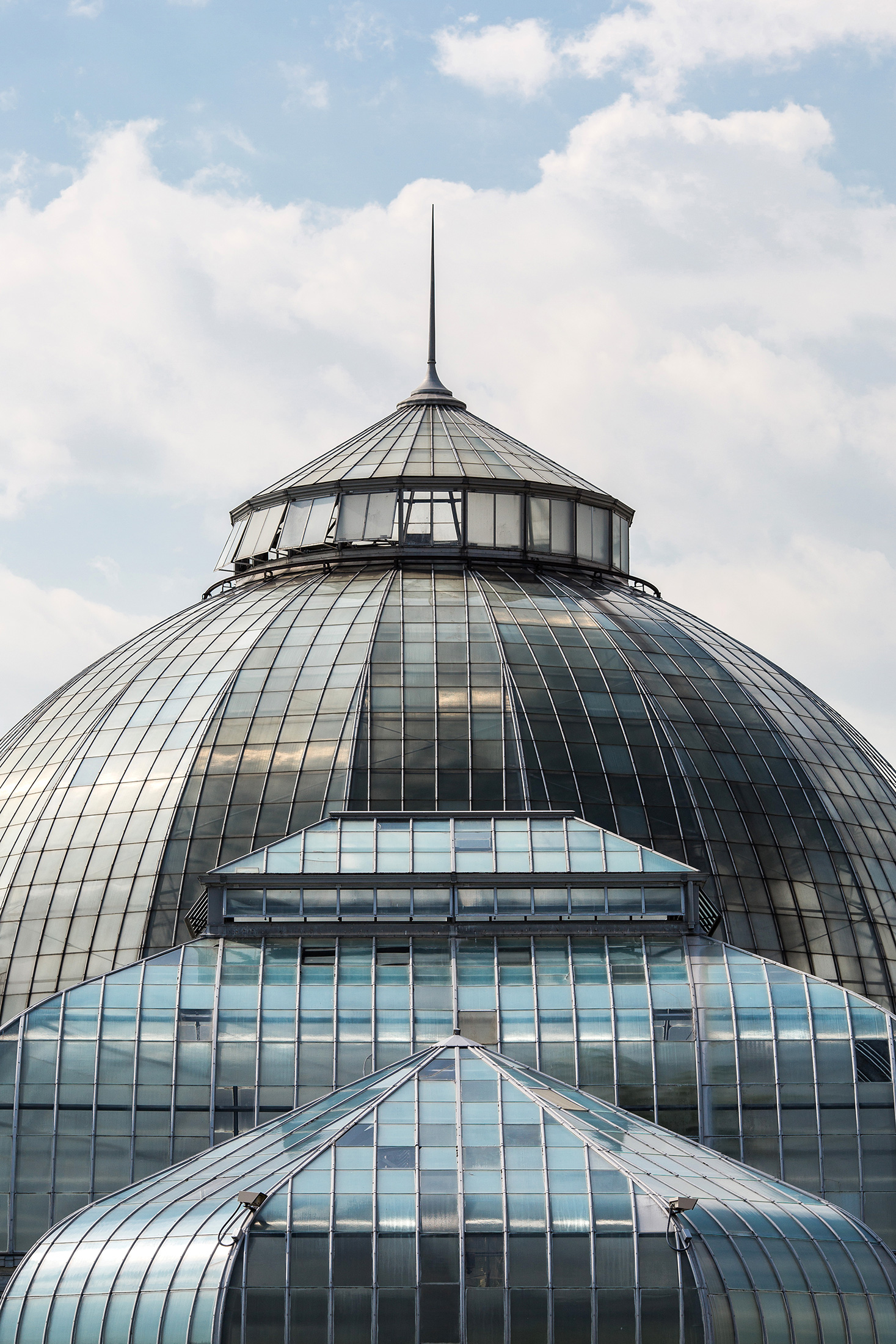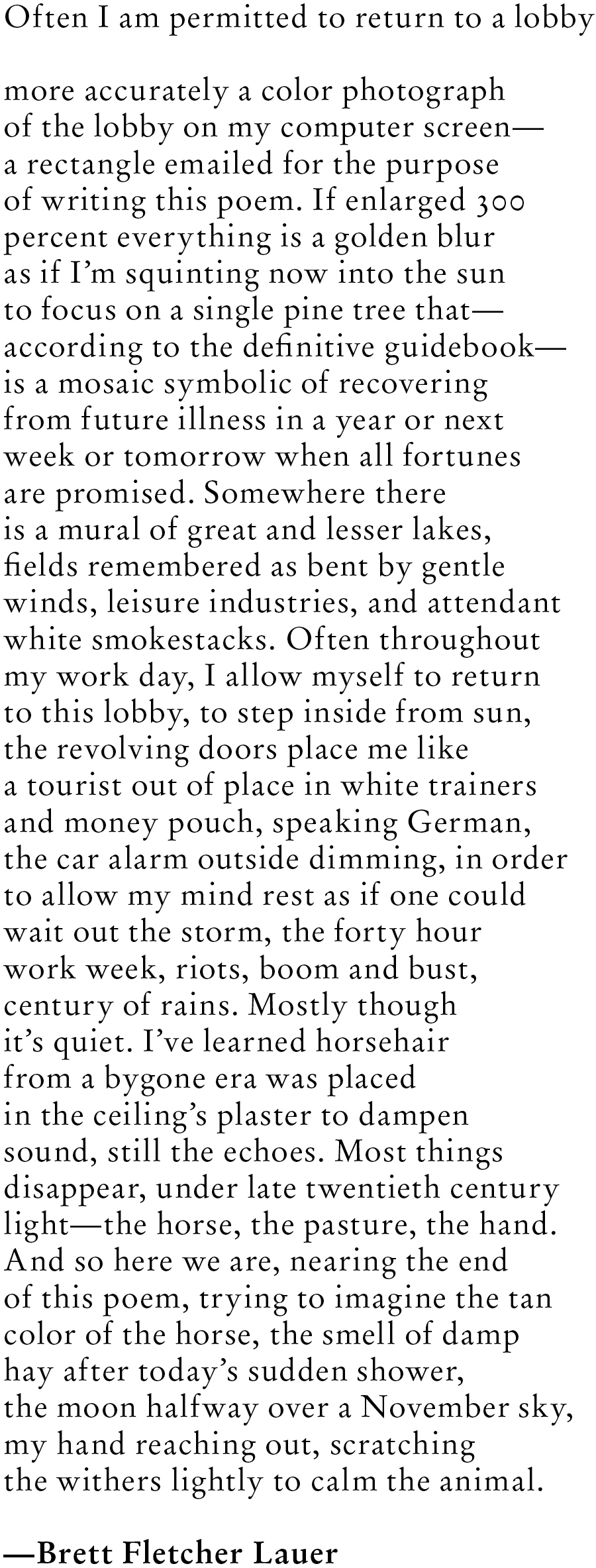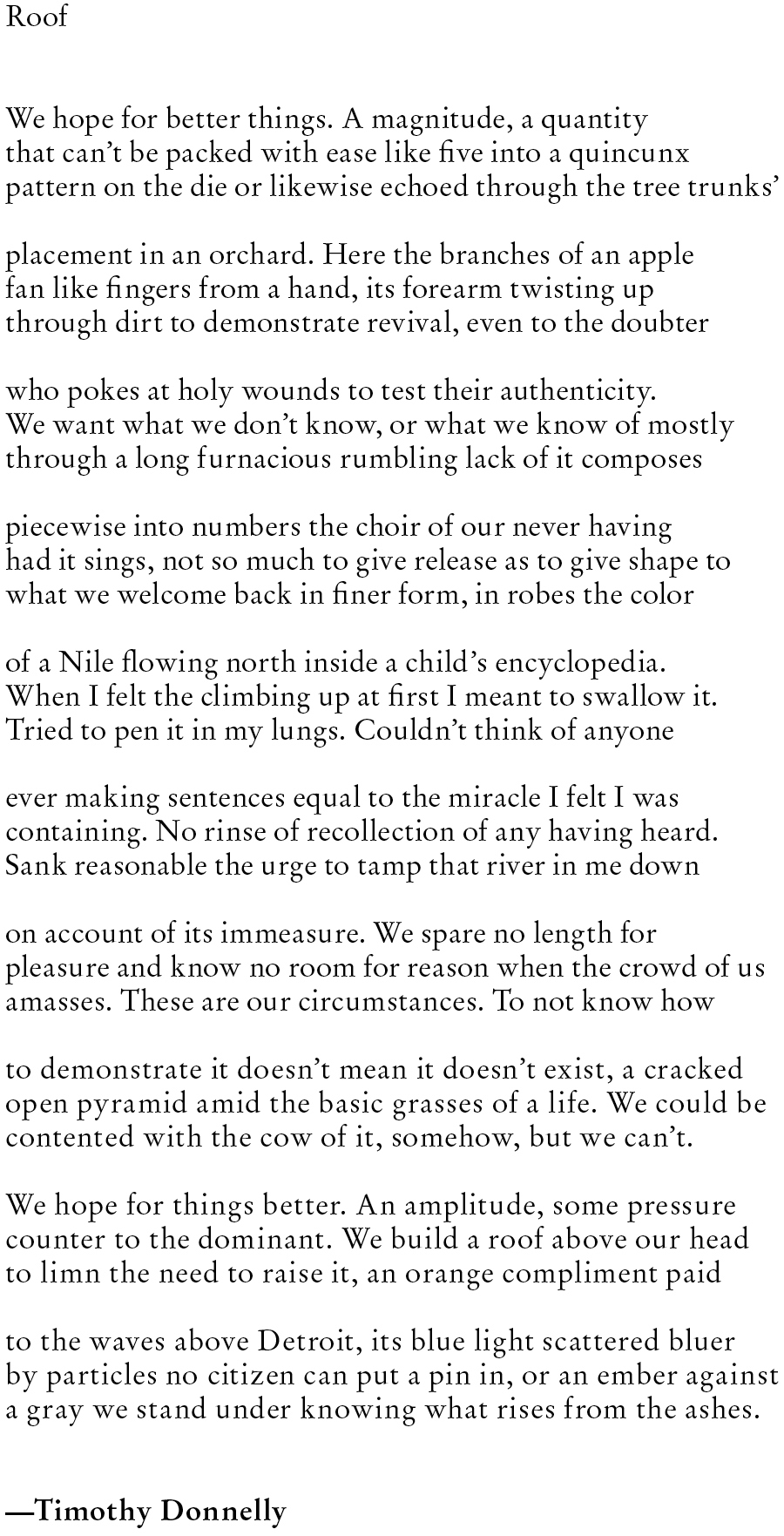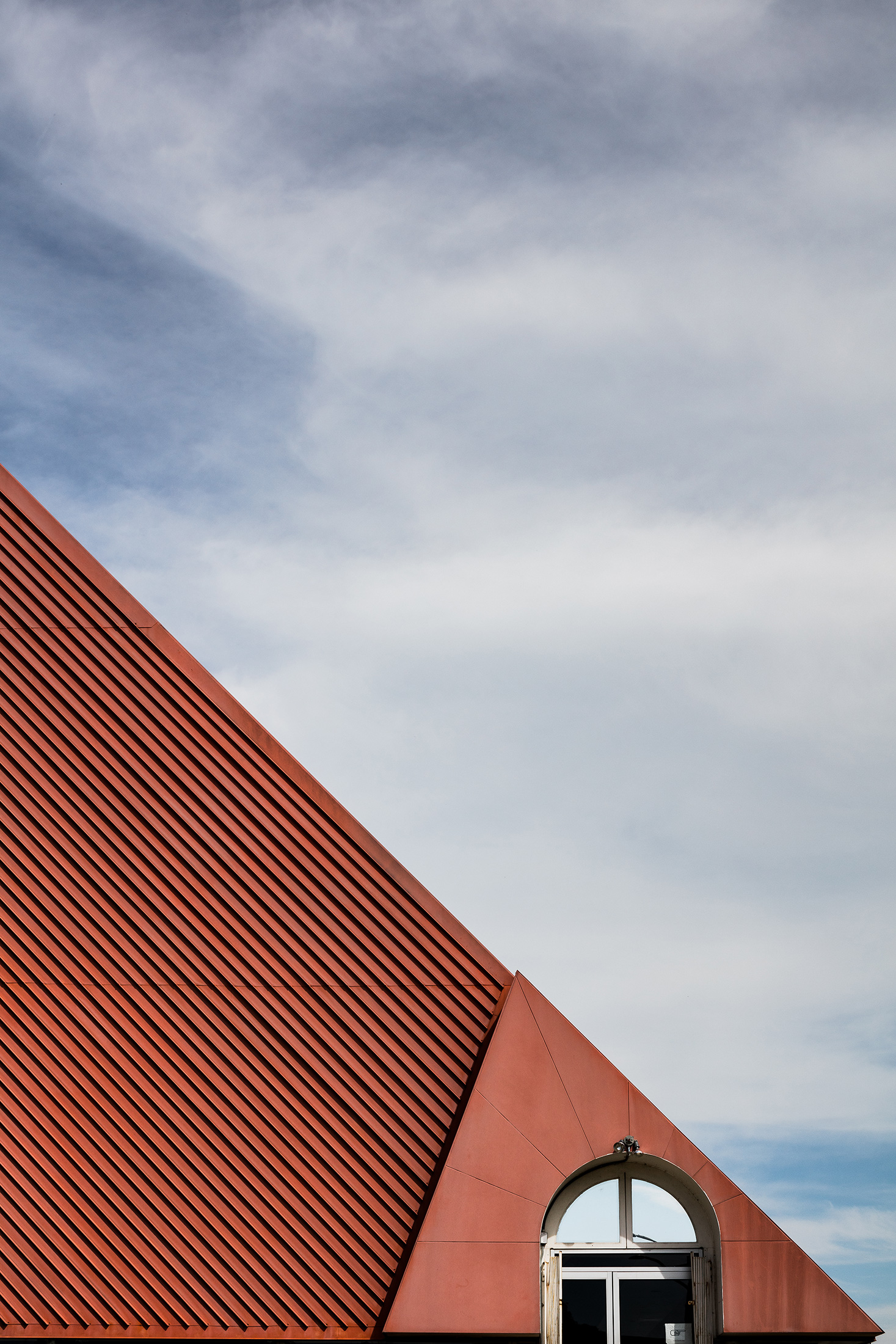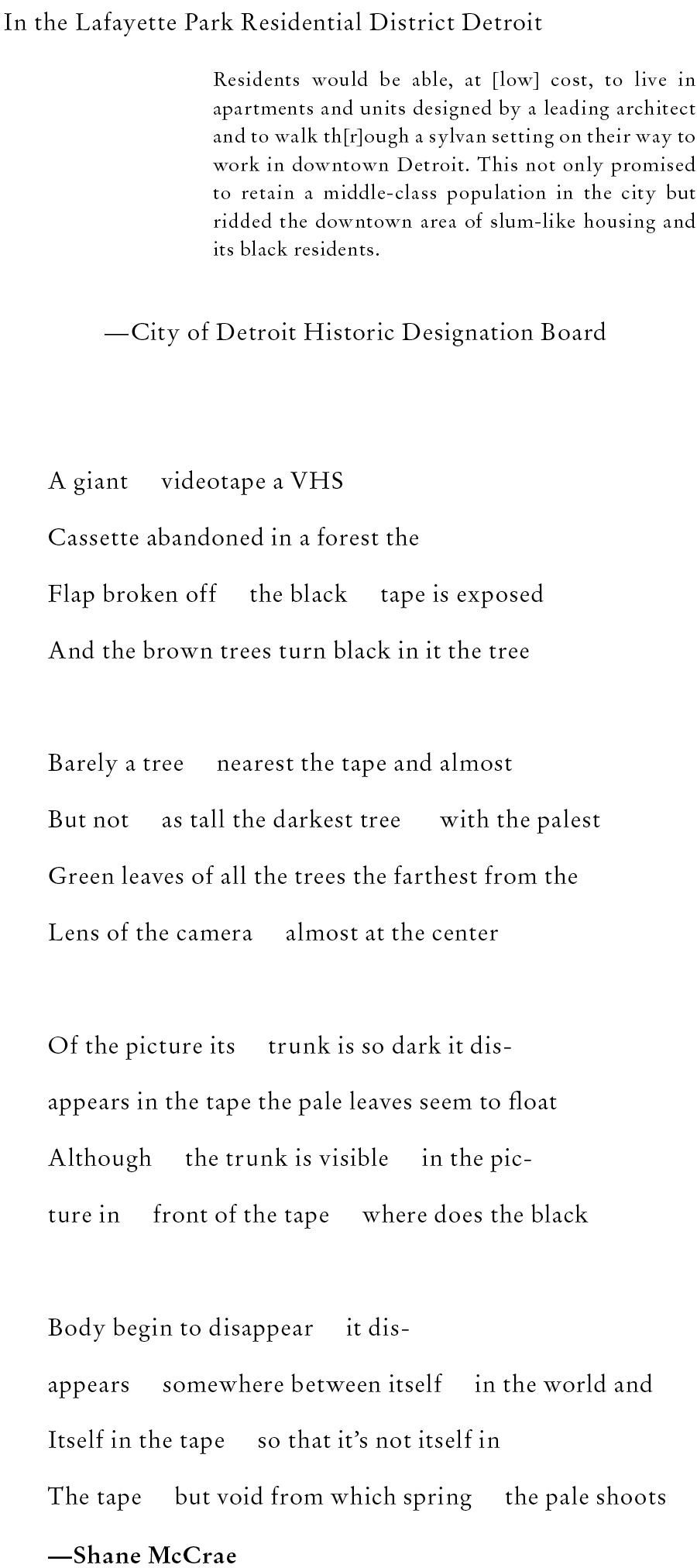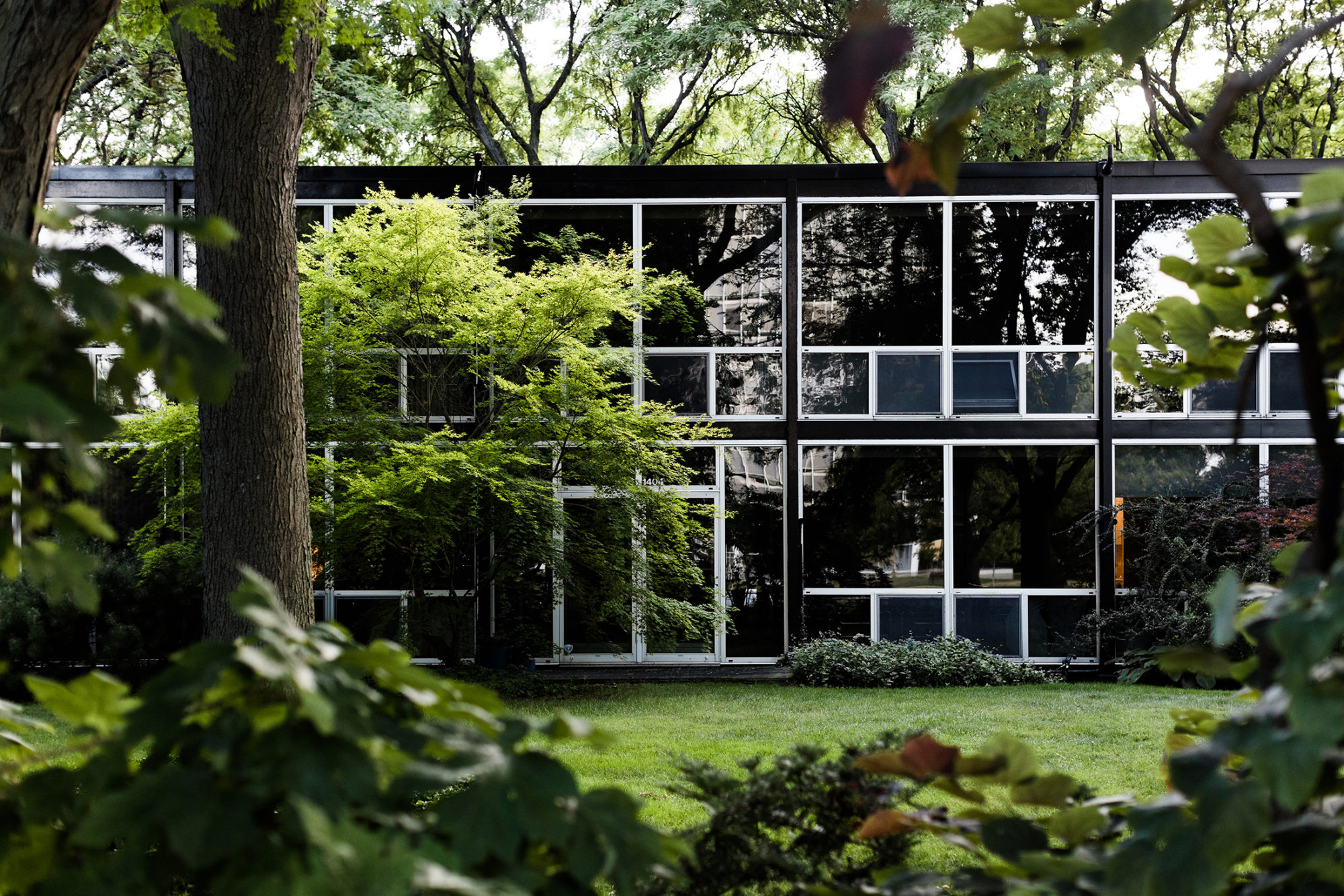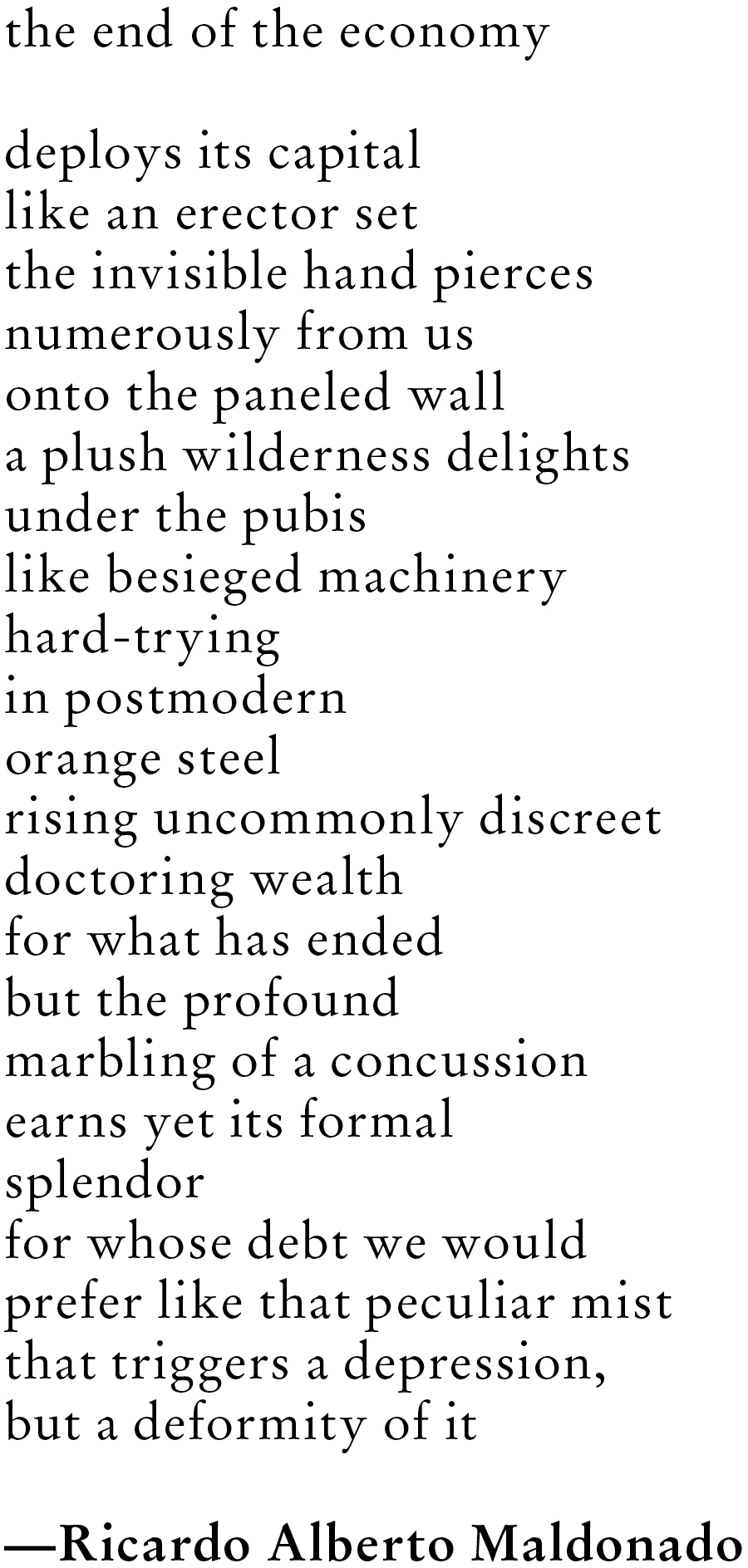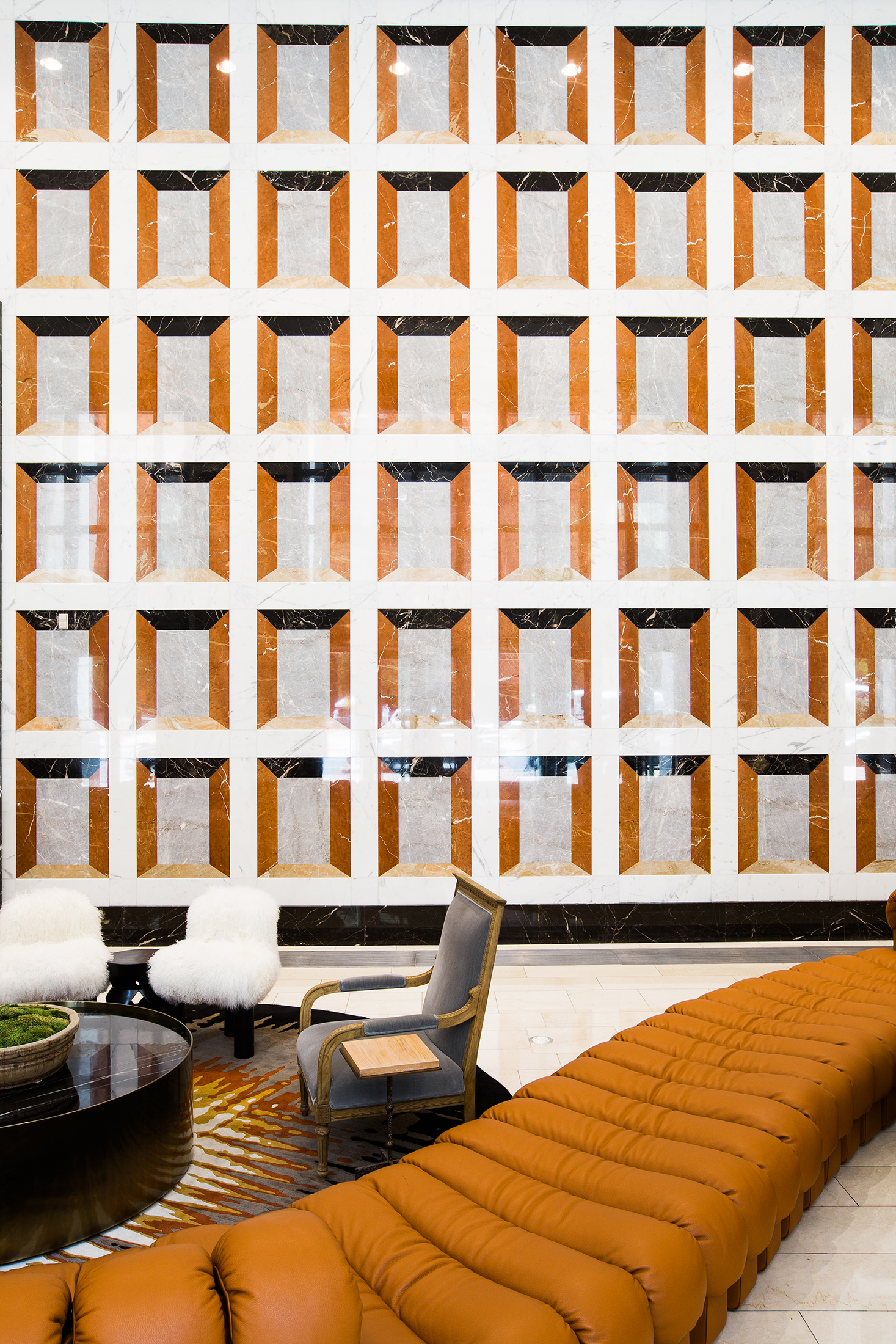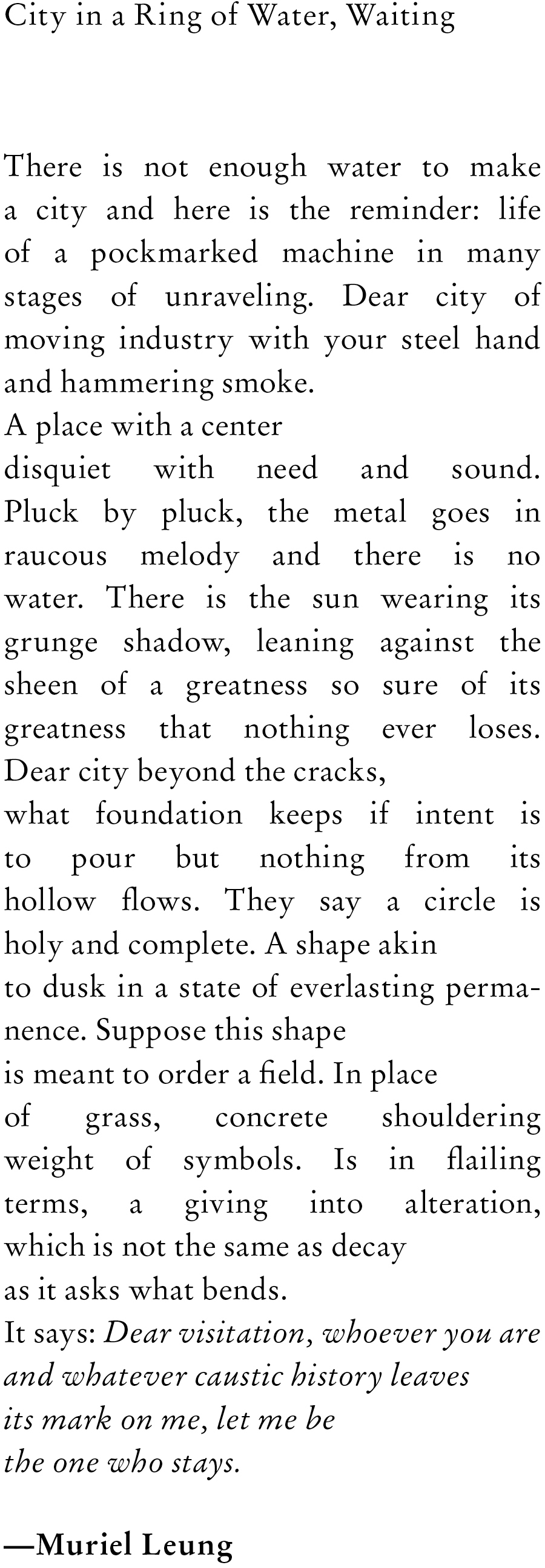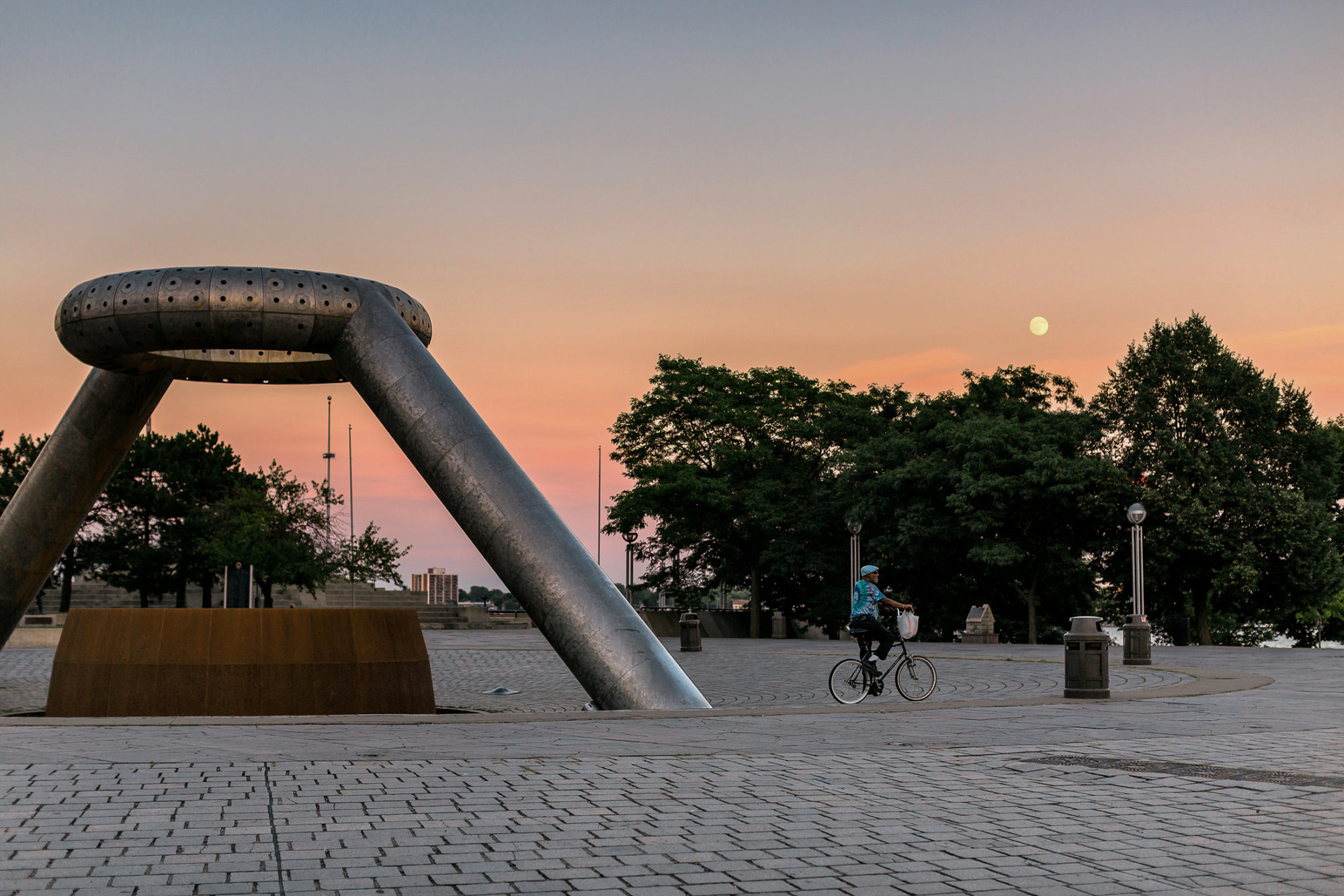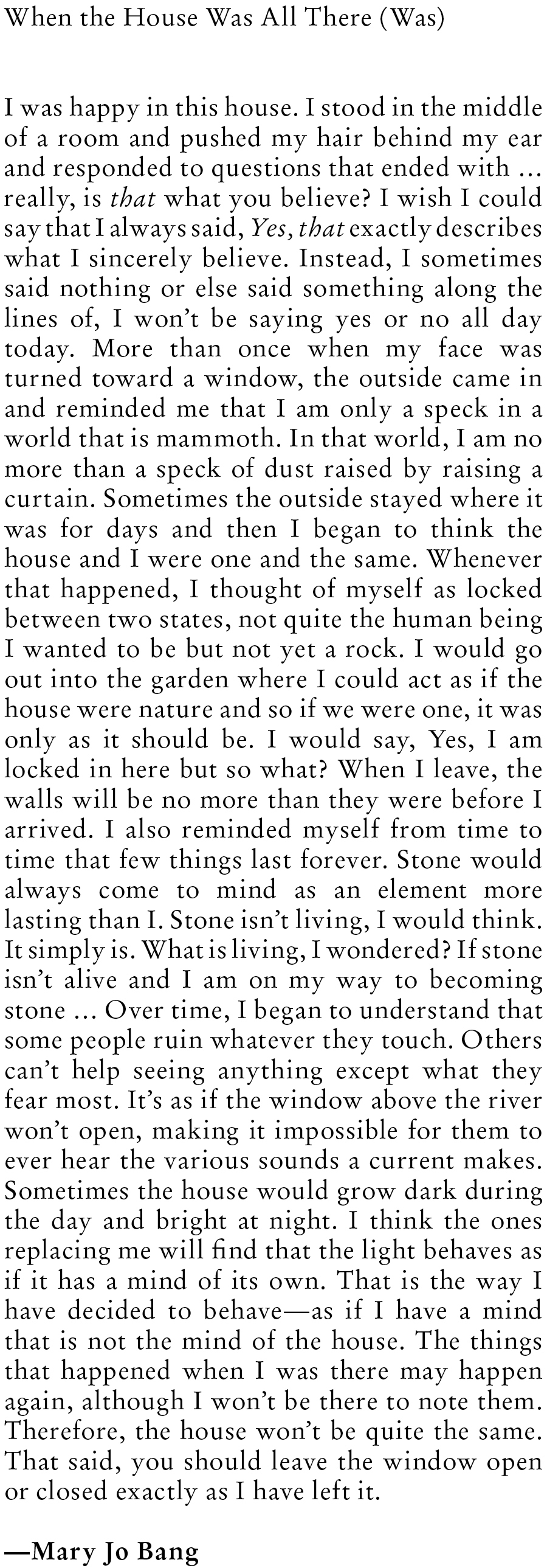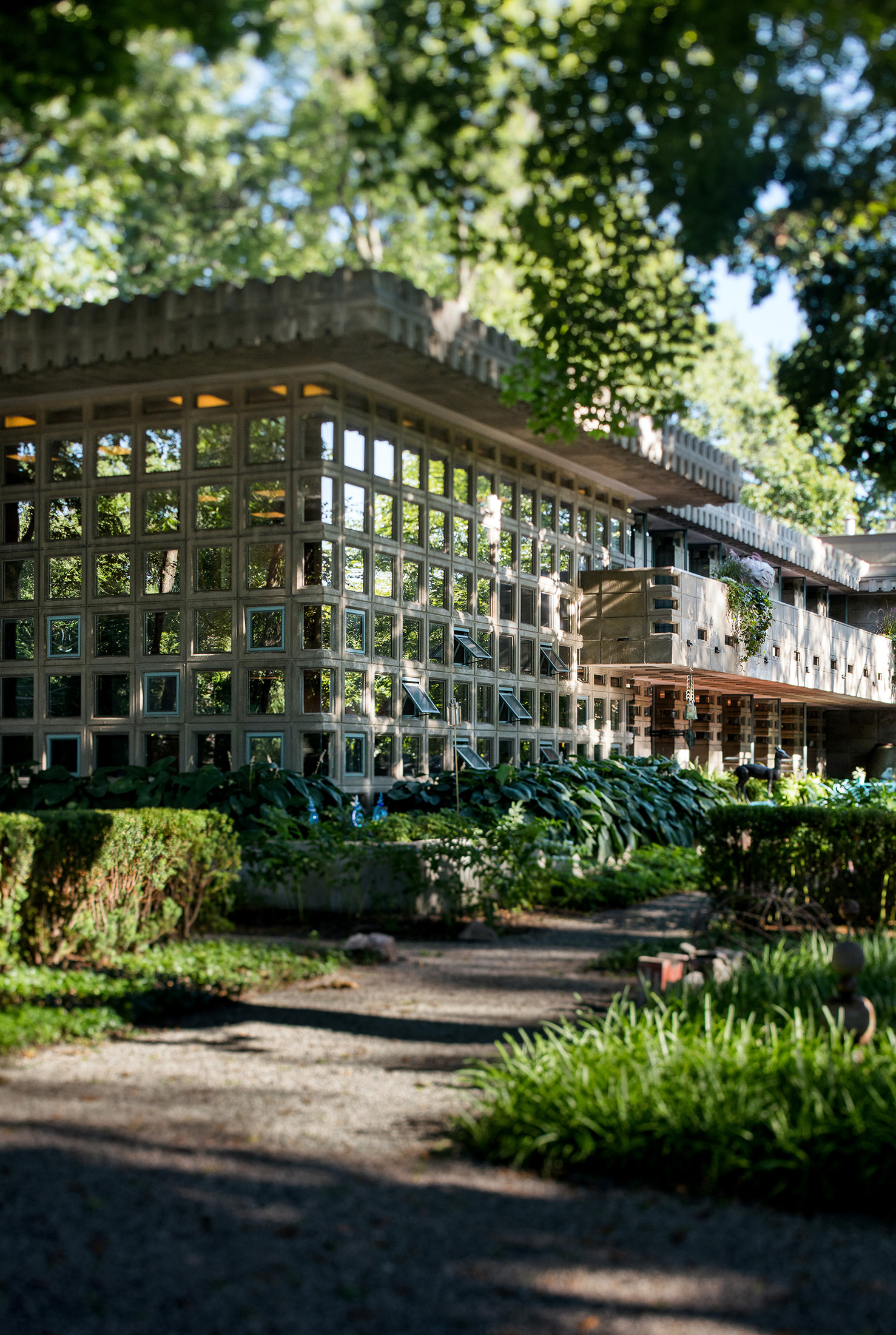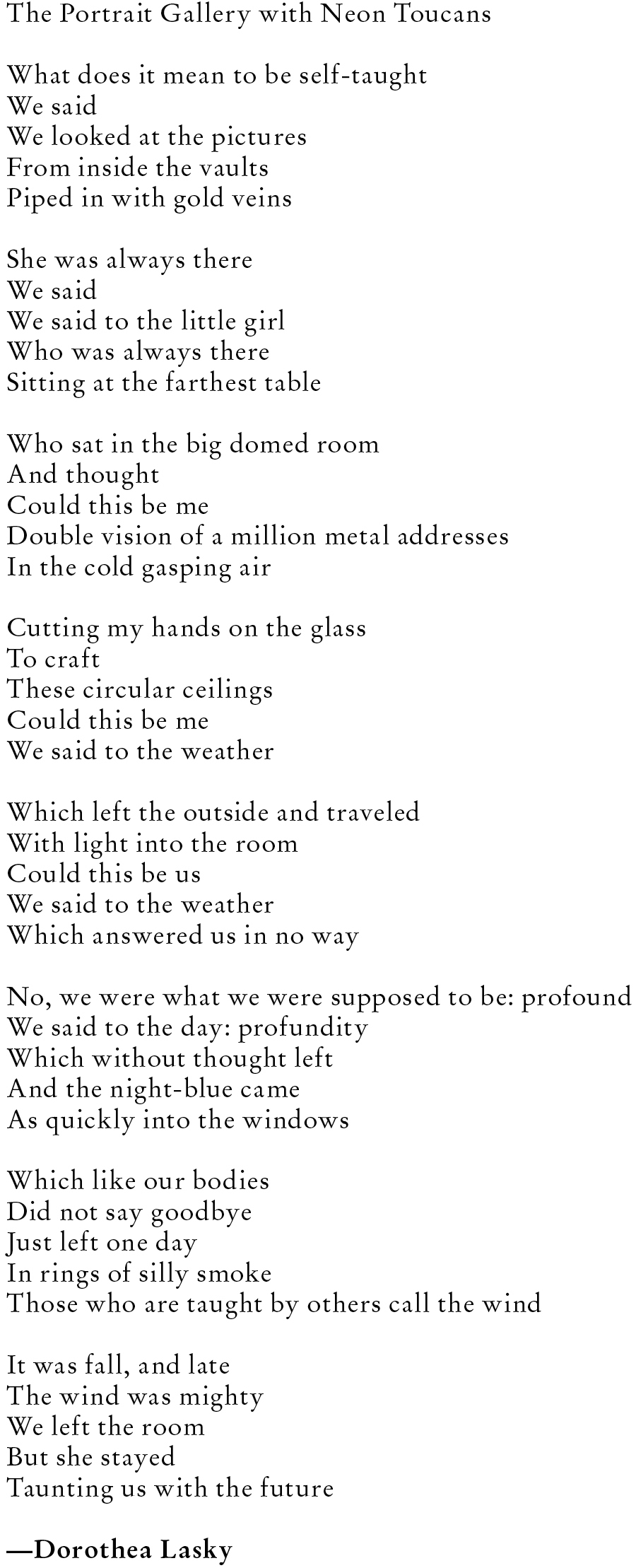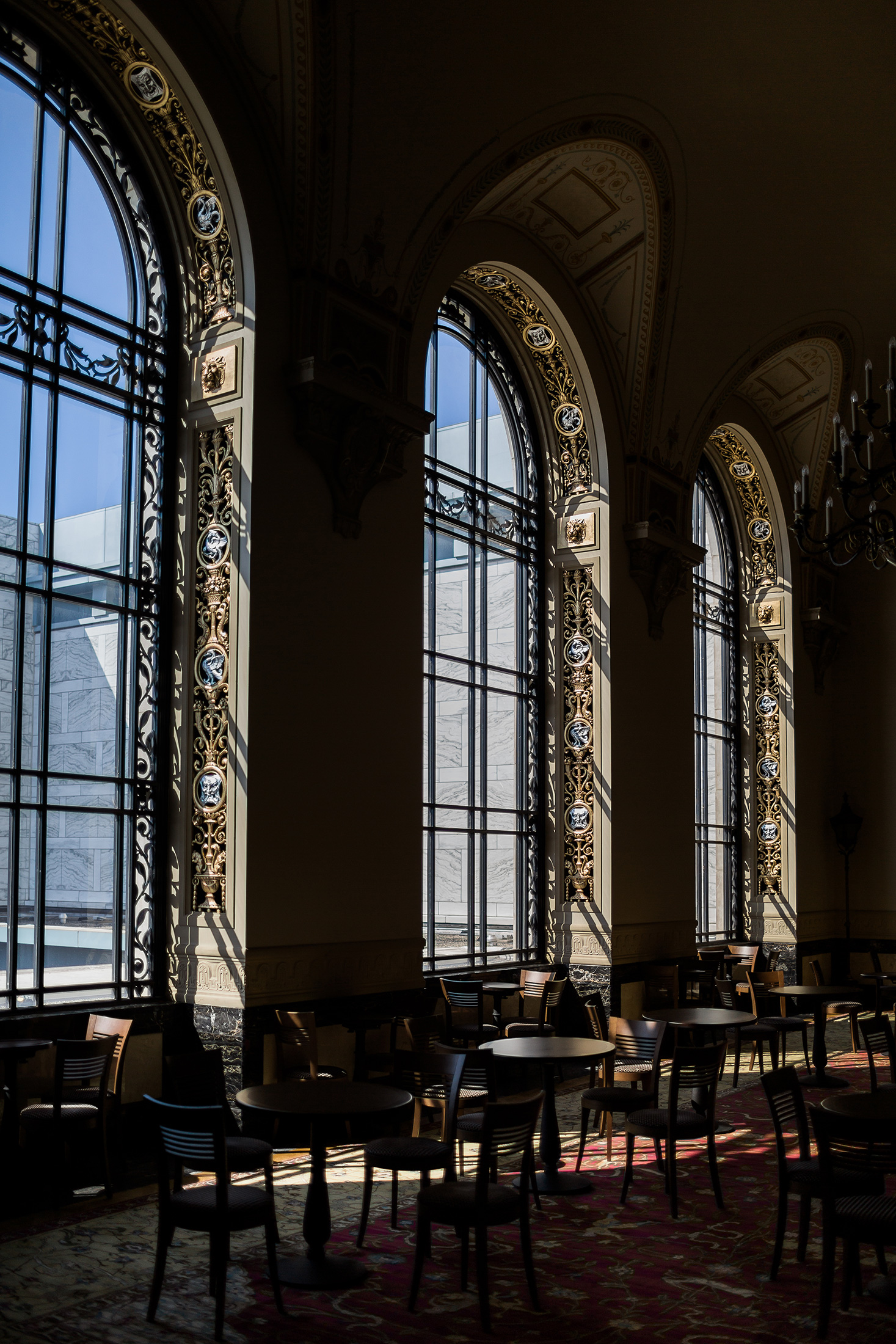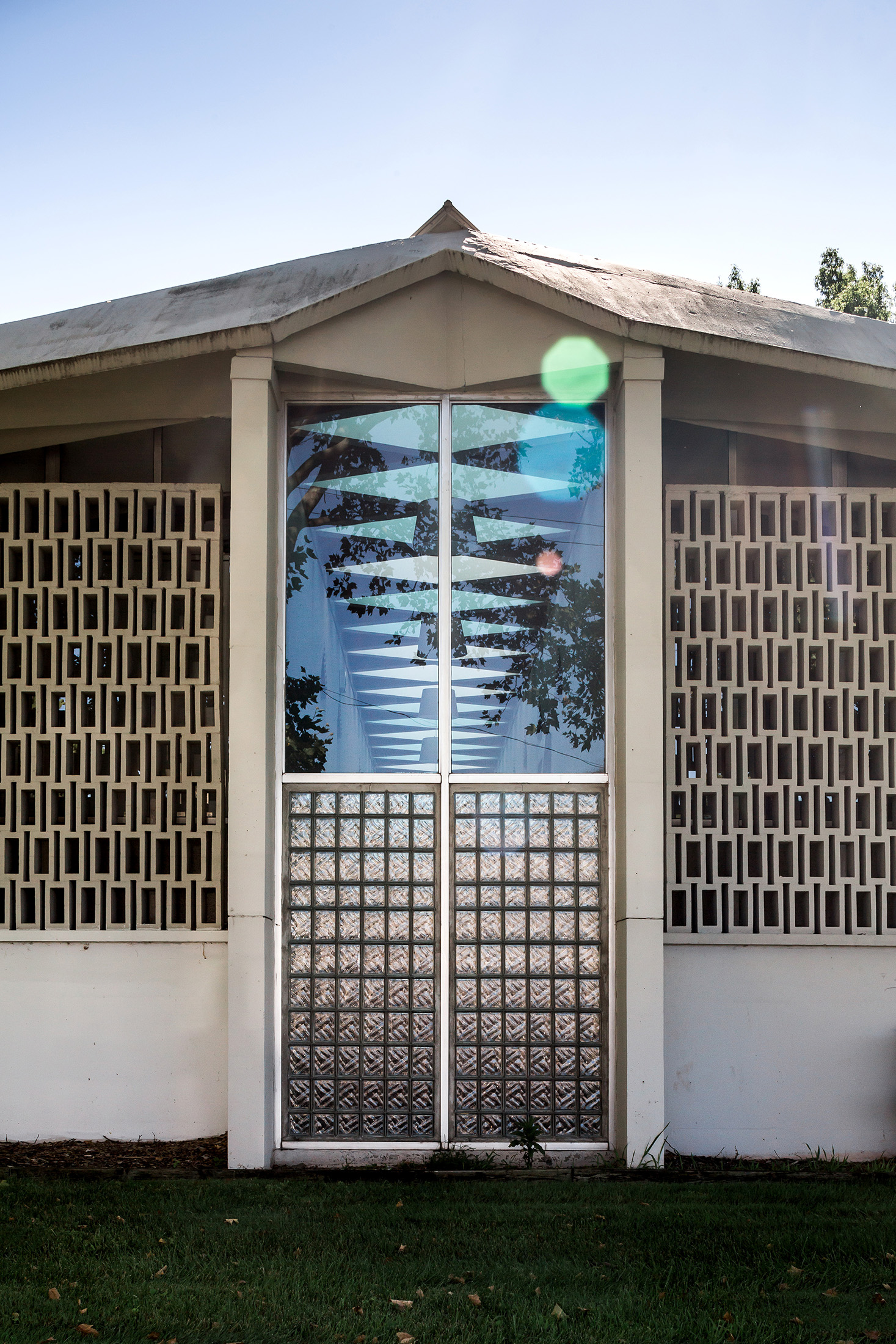At the end of last year, it was announced that Detroit—not a more expected pick, like New York or Chicago—had become UNESCO’s first City of Design in America, making it one of only 22 cities ever to be selected for the honor worldwide. This is a huge win. It’s no secret that the Midwestern metropolis that gave us Motown Records and Carhartt jackets has been in a state of decline that dates back to the 1950s, and over the past decade has been in dire need of support. In 2008, had President Obama not committed to bailing out the auto industry, things could have turned out very bleakly for the city. Much progress is still needed, of course: Detroit filed for Chapter 9 bankruptcy in 2013 after racking up $18 billion in debt, which it managed to squeak out of the next year. Nowadays, in part due to a migration of creatives to the city, it appears to be on the rebound.
The choice of America’s Motor City, UNESCO has said, is largely because it is home to dozens of significant buildings, several leading universities, and a few cultural institutions that have all helped produce—and continue to push forward—a vibrant creative culture. A few months ago, the Detroit Creative Corridor Center, an economic development organization, launched a 10-year initiative to promote design in the city. It’s a very welcome change for a metropolis that has become more synonymous with “disaster porn” than boundary-pushing architecture.
In light of the UNESCO honor, Surface tapped local photographer couple Michelle and Chris Gerard to document and celebrate some of the city’s most notable 20th-century architecture and design sites, such as the Hart Plaza fountain, designed by Isamu Noguchi and completed in 1978; Minoru Yamasaki’s 1958 American Concrete Institute building; and William Buck Stratton’s 1930 Detroit Naval Armory. Paired with each location is an original poem. Timothy Donnelly, the chair of the writing program at Columbia University School of the Arts and for the past two decades the poetry editor of Boston Review, helped advise us on which voices to invite, and contributed his own piece, “Roof,” corresponding with an image of the Gunnar Birkerts-designed Calvary Baptist Church of Detroit (1977). “We hope for better things. A magnitude, a quantity,” Donnelly’s poem begins. These words could very well reflect the general feeling of today’s Detroit, a place that. through design, may have the power to bring about a tangible, physical regeneration.
